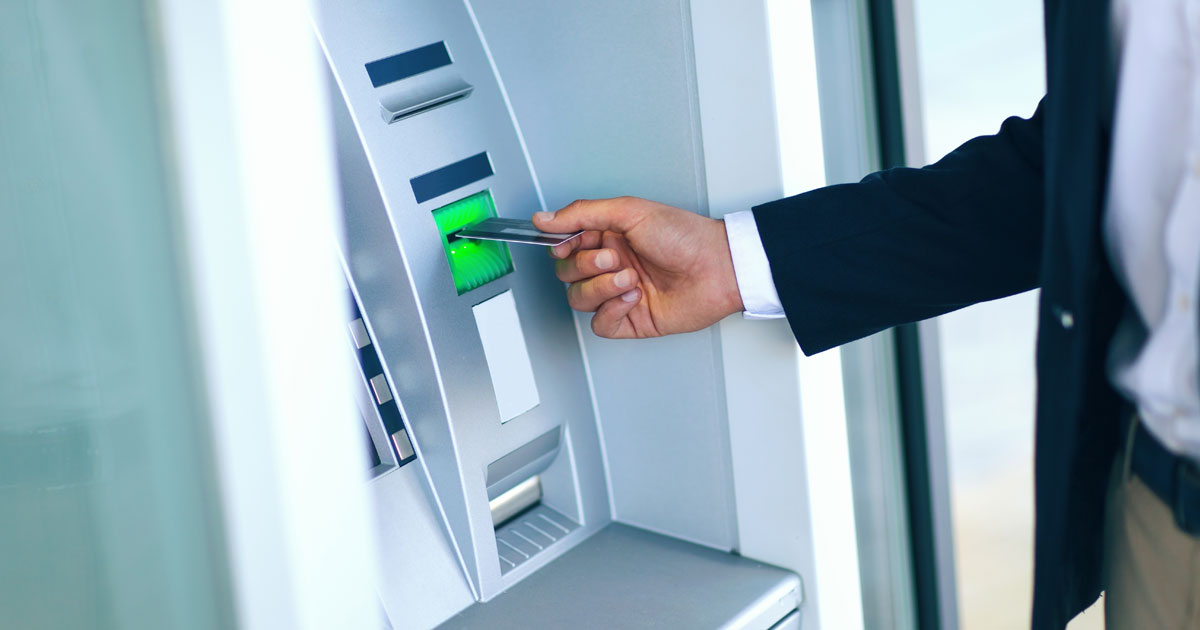ATMs (Automated Teller Machines) and ITMs (Interactive Teller Machines) have become integral to our everyday lives, offering convenient access to banking services around the clock. Here we discuss essential safety tips for ATM and ITM usage, highlighting their differences and providing guidance on how to ensure secure transactions and protect your financial well-being.
Understanding ATMs and ITMs
ATMs are self-service banking terminals that allow customers to perform various financial transactions. These machines are available at banks, retail locations and standalone kiosks. Traditional ATMs rely on a combination of a plastic card, a personal identification number (PIN) and all functions are operated by the user.
ITMs represent an evolution of traditional ATMs, incorporating video conferencing technology to establish a live interaction with a remote teller. This enhanced functionality allows members to speak with a real person who can assist with a wide range of banking activities. They also provide members with a convenient and personalized banking experience beyond the capabilities of standard ATMs. For additional information regarding ITMs, see our frequently asked questions here.
ATM and ITM Safety Tips
Choose familiar and well-lit locations – Make sure it’s located in a well-lit area, preferably near busy places or within trusted establishments. Isolated or poorly lit locations may increase the risk of unauthorized access or suspicious activities.
Be aware of surroundings – Always stay alert and observant when using ATMs or ITMs. Before initiating a transaction, scan the area for any suspicious individuals or devices that may compromise your safety or compromise the machine’s integrity. If you notice anything unusual, it’s best to terminate the transaction and inform the credit union.
Protect your PIN – Shield your PIN entry from prying eyes or hidden cameras. Use your hand or other objects to cover the keypad while entering your PIN. Avoid sharing your PIN with anyone, including friends or family members, and memorize it instead of writing it down.
Check for skimming devices – Inspect the ATM or ITM for any signs of tampering, such as loose card readers, extra attachments or unusual components. Criminals may attempt to install skimming devices to capture your card information. Don’t use the machine if you suspect any tampering.
Keep transactions private – While using an ITM with video capabilities, avoid discussing sensitive information or account details where your conversation could be overheard by using the phone receiver to communicate with the teller.





